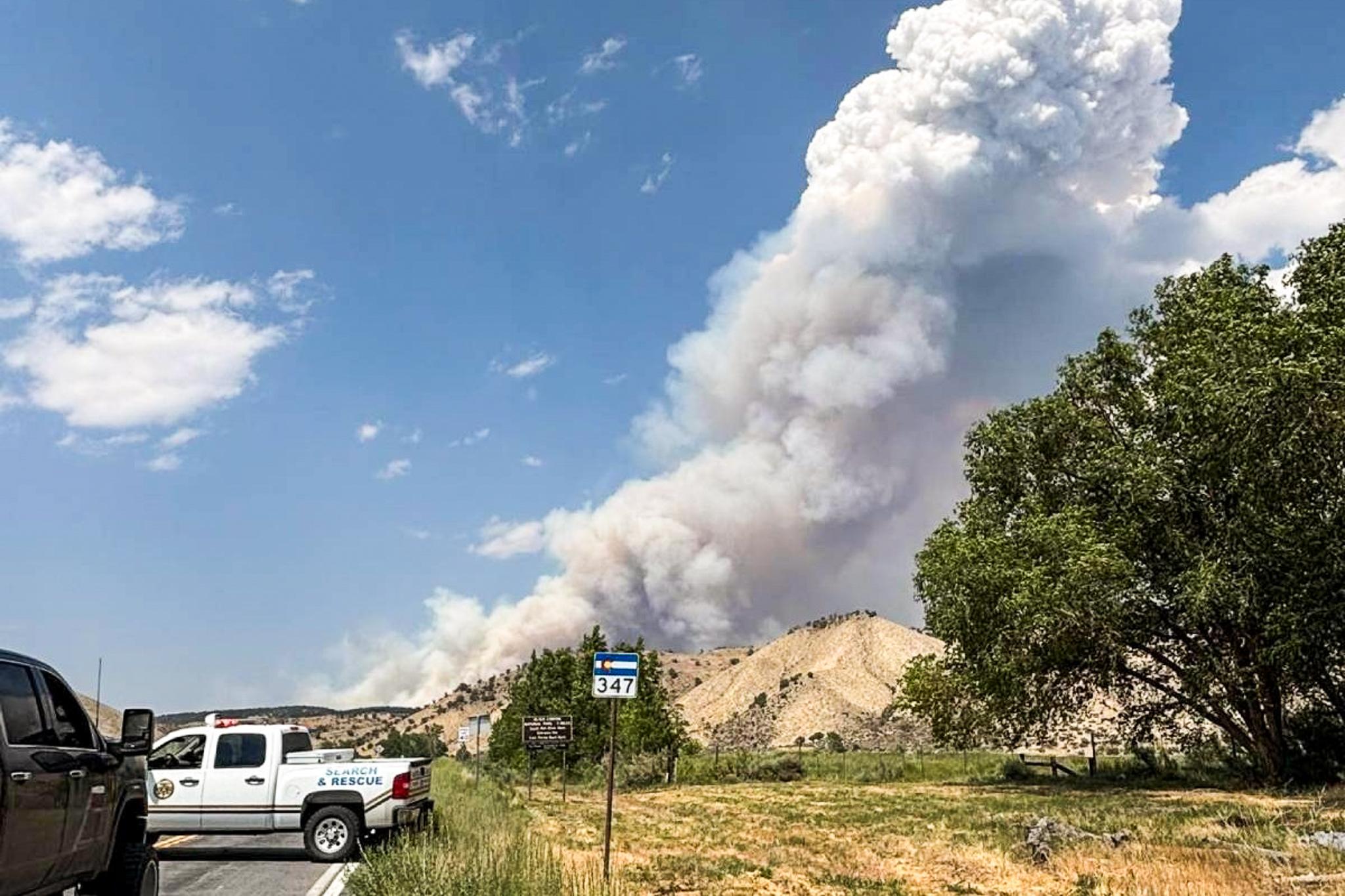More than 25 percent of students now take some portion of their coursework online, but a new report from the Education Commission of the States shows not all students in rural Colorado have the infrastructure and gear that it takes to do that.
Whether a student has adequate broadband speeds influences their post-secondary options, says report author Lauren Sisneros, a policy analyst with the Education Commission of the States.
The report shows 83 percent of Coloradans have access to high speed Internet. But there are inequities.
In Denver, for example, there's a 21 percent poverty rate and 98 percent access to high-speed internet. In Costilla County, where there's a 25 percent poverty rate, only 45 percent of residents can access high-speed internet. Weld County has an 82 percent access rate, with a 14 percent poverty rate.
“We’re expected as students to utilize the internet for assignments and research so for those students that live in areas with very low access to these high speeds, they may not be able to do things like participate in online current chats or classroom discussions, or downloading videos or presentations or presentations for that matter,” Sisneros said.
The report shows that nationally more than 25 percent of post-secondary students now take some portion of their coursework online and 13 percent of students are taking their courses exclusively online. Nationally, from 2003-12, the percentage of students taking any distance education courses doubled from 16 percent to 32 percent.
Colorado’s access to high speed internet is much higher than a state like Montana, with its 22 percent access. But the state ranks lower than states like Utah at 96 percent and California at 94 percent.
Broadband access is difficult in rural Colorado because it is capital intensive and the state has challenging geography, according to Brian Shepherd, who manages the broadband program of the Governor's Office of Information Technology.
“In difficult to reach areas with low population density, the economics of broadband become very challenging,” he said.
In 2014, the Colorado legislature passed a bill that that provides tax credits for broadband infrastructure built in rural areas. The credit remains available for providers.
Another bill is expected to incentivize the private sector to build out broadband in rural areas as managed by a “broadband deployment board.”
Shepherd expects the board to have funds to grant to entities in the coming month.









